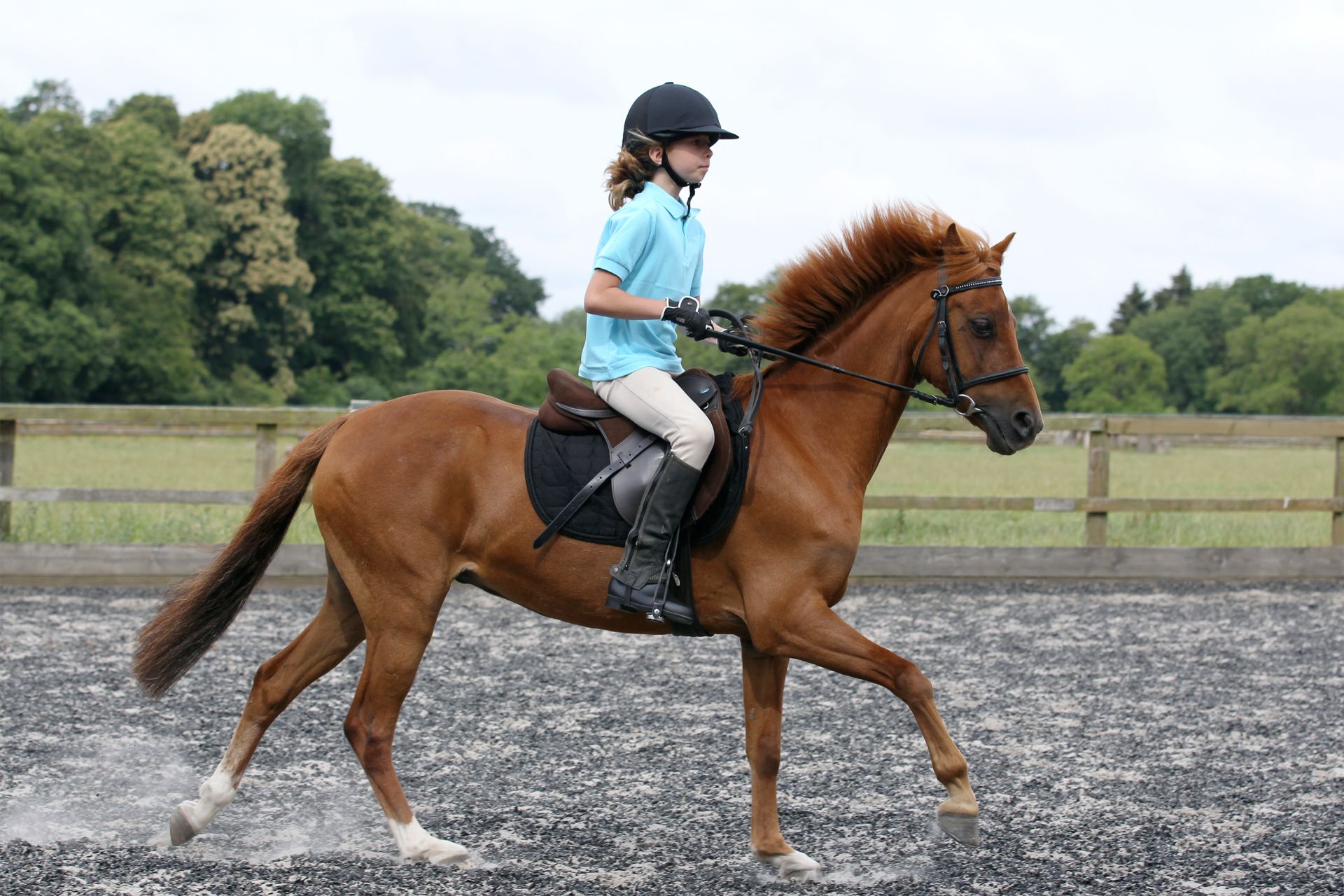Introduction:
Mountaineering on horseback is a spellbinding experience that forges an unbreakable bond between rider and steed. However, embarking on this journey requires meticulous consideration of the horse’s well-being and optimal age for riding.

Image: www.blueheronridingacademy.com
Before saddling up, it is crucial to discern the appropriate age at which a horse can safely bear the burden of a rider. A horse’s physical maturity, training, and temperament all play pivotal roles in determining the ideal age for riding.
Age-Dependent Considerations:
The age of a horse significantly impacts its physical capabilities and readiness for riding. As equine bodies continue to develop and mature, their skeletal structures, muscles, and joints undergo significant changes.
While breed and size can introduce variations, the general consensus suggests that horses commence training between the ages of three to four. During this period, their bodies have sufficiently matured, enabling them to handle the physical demands of carrying a rider.
Physical Maturity:
Skeletal development is a critical aspect of a horse’s readiness for riding. The growth plates, responsible for elongating bones, gradually close as a horse ages. This closure enhances bone strength and stability, diminishing the risk of fractures or other skeletal injuries when bearing a rider’s weight.
Musculoskeletal Development:
Alongside skeletal development, muscular and connective tissue maturation is equally essential. As a horse progresses through its growth stages, its muscles, tendons, and ligaments gain strength and elasticity. This enhanced musculoskeletal system better supports the horse’s frame, allowing it to endure the rigors of riding.

Image: jooinn.com
Training and Temperament:
In addition to physical maturity, a horse’s training and temperament play a significant role in determining their suitability for riding. Training instills obedience, responsiveness, and good manners, ensuring a harmonious relationship between horse and rider.
Training:
Before being ridden, a horse should undergo thorough training. This involves establishing basic cues, teaching them to longe, and introducing them to a saddle and bridle. Adequate training equips the horse with the necessary skills and understanding to respond appropriately to the rider’s commands.
Temperament:
A horse’s temperament is an equally important factor. Good-natured, calm, and willing horses are more suitable for riding, particularly for beginners. Conversely, skittish or aggressive horses pose a safety risk and should be approached with caution or may not be suitable for riding at all.
Conclusion:
The optimal age for a horse to be ridden hinges on several factors, including physical maturity, training, and temperament. Generally, horses commence training between the ages of three and four, when their bodies have sufficiently developed to withstand the physical demands of riding.
However, it is crucial to remember that every horse is an individual, and some may require additional time to mature and attain the necessary skills and temperament for riding. By considering these factors, riders can ensure the well-being and longevity of their equine companions.
How Old Should A Horse Be To Ride
FAQs:
Q: Can I ride a horse younger than three years old?
A: While some horses show exceptional maturity at a young age, riding a horse younger than three is generally not advisable. Their bodies are still developing, and premature riding can lead to physical problems in the long run.
Q: How long does it take to train a horse for riding?
A: The duration of training depends on the horse’s individual learning pace and the desired level of training. Basic training can take several months, while advanced training may require years.
Q: What are some tips for choosing the right horse for riding?
A: Consider the horse’s breed, age, temperament, and training level. A horse that matches your experience level and riding goals is essential for a safe and enjoyable experience.